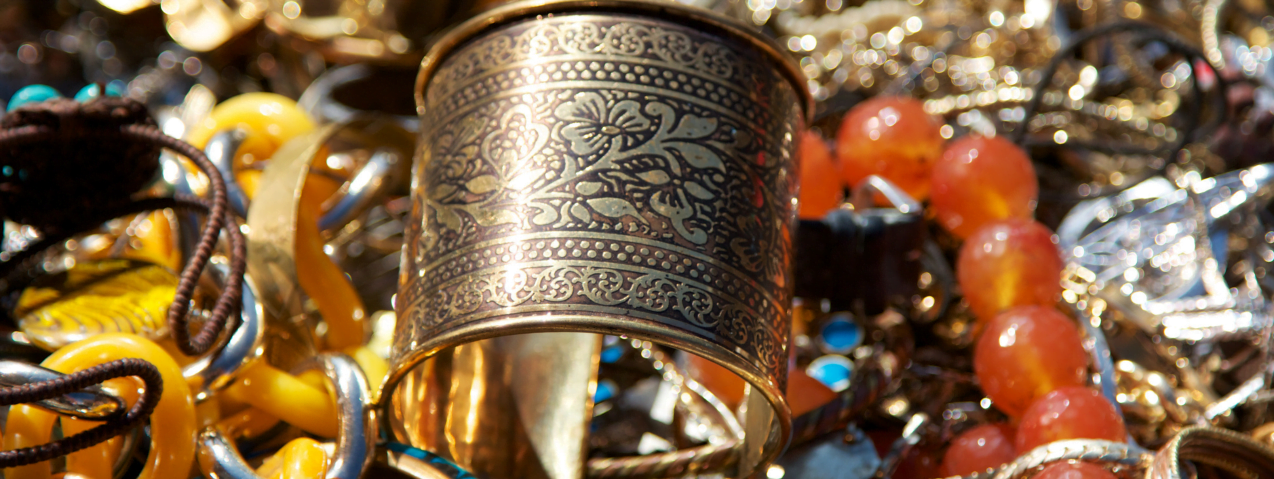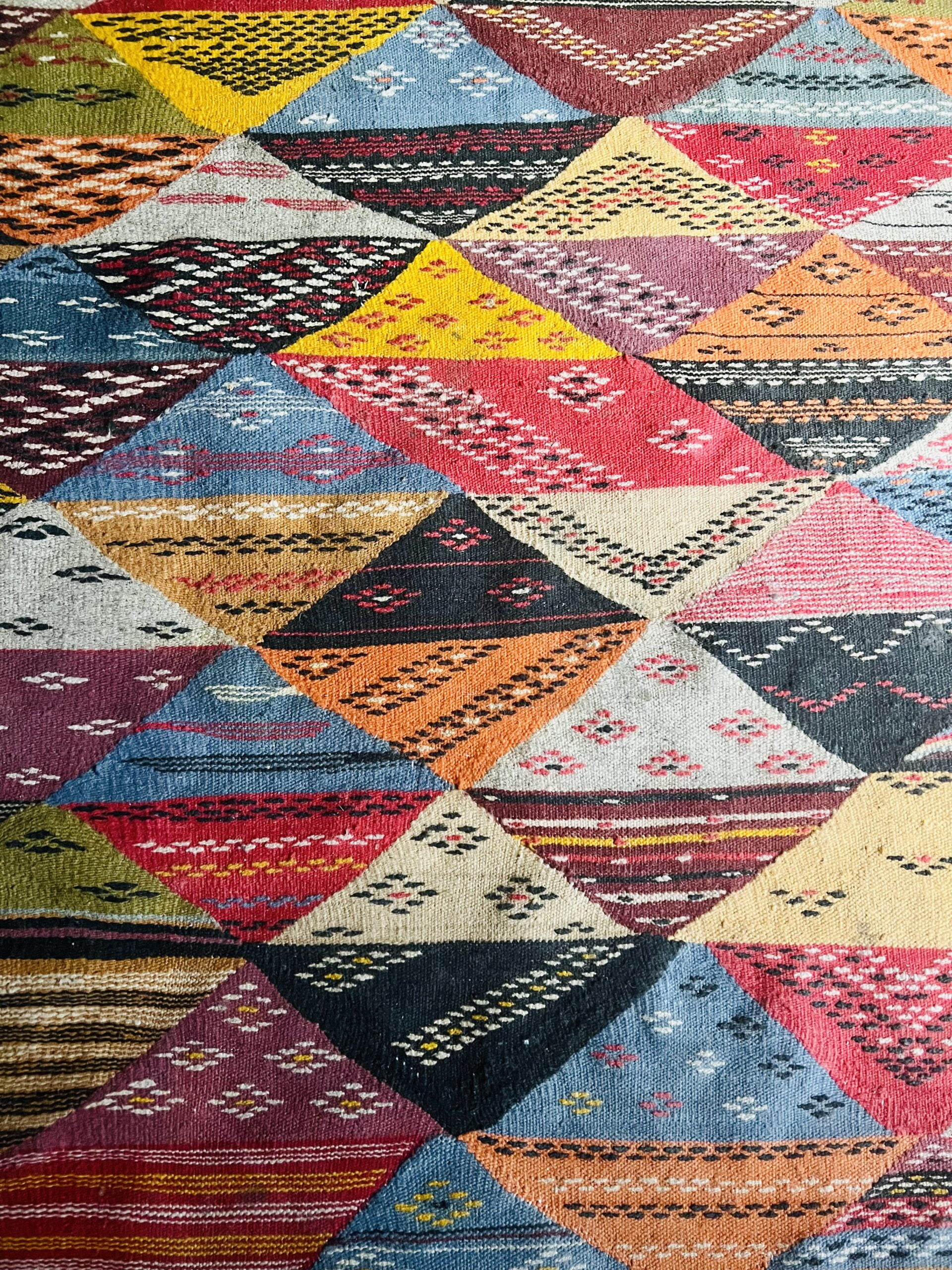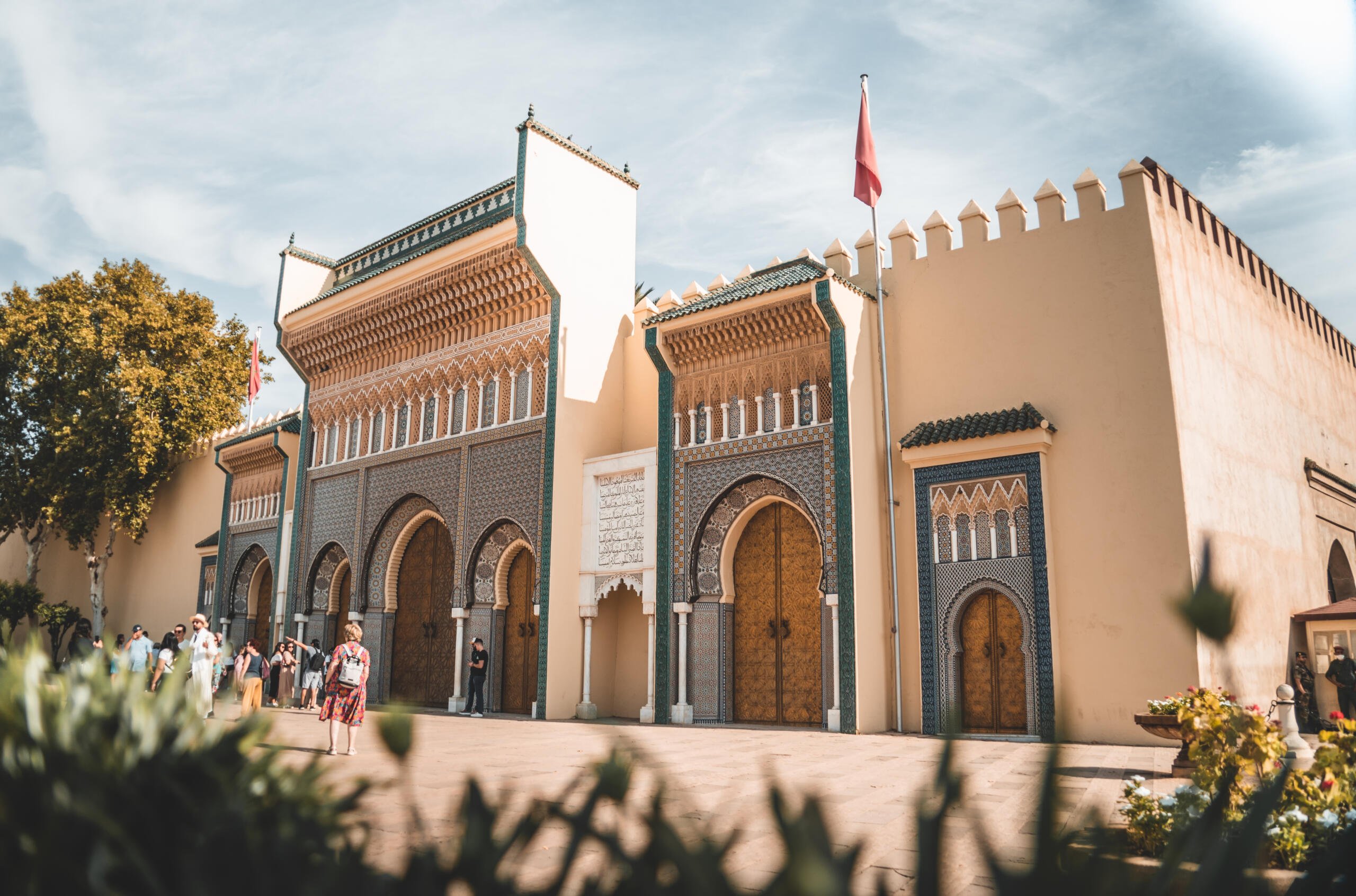HAND OF FATIMA OR KHAMSA IN MOROCCO
Overview:
The Hand of Fatima, or Khamsa in Morocco, also known as the Khamsa or Hamsa, is a symbol with a rich history in both Islam and Judaism, and it’s often used to represent protection, blessings, and warding off evil.
The symbol is usually depicted as an open hand with an eye in the center, and it’s common in various forms of jewelry, art, and decorations.
In Islam:
In Islamic tradition, the Hand of Fatima is associated with Fatimah al-Zahra, the daughter of the Prophet Muhammad and one of the most revered figures in Islam. The symbol is often called the ”Hand of Fatima” in reference to her.
It is believed that the Hand of Fatima symbolizes Fatimah’s role as a source of protection, especially for women and children. It is also seen as a representation of the Five Pillars of Islam.
In some interpretations, the five fingers of the hand symbolize the Five Pillars, which are the undamental acts of worship and practice in Islam: faith, prayer, charity, fasting, and pilgrimage.
The eye in the center of the hand is sometimes referred to as the ”eye of Fatima” or the ”eye of protection”, and it’s thought to watch over and protect believers from negative energies or harm.
In Judaism:
In Judaism, the symbol is known as the ”Hamsa” or ”Khamsa”, which means ”five” in Arabic and Hebrew, referring to the five fingers of the hand. While it’s not a religious symbol in the same sense as in Islam, it has been widely adopted in Jewish culture as a protective and amuletic symbol.
The Hamsa is often associated with various blessings, including protection from the evil eye, which is a belief in many cultures that envy or negative energy can cause harm. It is believed that the Hamsa helps deflect these negative energies and bring good luck.
The symbol has been integrated into Jewish jewelry, art, and decor, and it’s often given as a gift for special occasions or hung in homes. In both Islam and Judaism, the Hand of Fatima/Hamsa carries a similar message of protection, luck, and blessings.
While the symbolism may have originated in different cultural and religious contexts, it has become a shared symbol that is recognized and respected by people from various backgrounds.
Help Me Plan My Trip
- Can’t seem to find what you want?
- Don’t you know what you’d like to do?
- Do you have an idea for a trip?
- Things to do and places to see
- You have unique needs (special food, medical care requirements, etc.).









